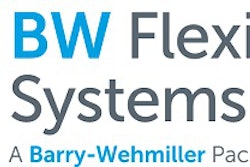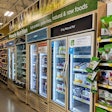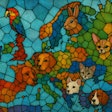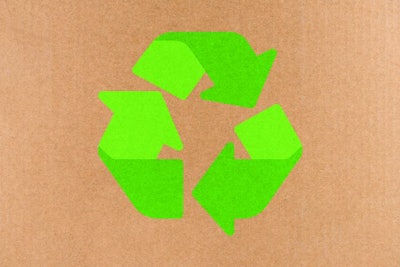
As Packaged Facts reports in “Pet Food in the U.S.” (August 2022), purchasing trends for dry dog food by package size reflect in part a trend toward larger dogs. MRI-Simmons data show the percent of dog owners purchasing dog food in packages of 6 lbs. or less slipping from 20% in 2011/12 to 18% for 2021/22, while the percent buying dry dog food in packages of 31 lb. or more edged up from 37% to 42% over this period.
In terms of packaging for wet pet food, canned accounts for almost two-thirds (63%) of wet dog food purchasing as of 2021/22, compared with plastic cups/tubs at 21%, and pouches at 16% (see Table 1). Canned accounts for a higher share of wet cat food purchasing, at three-fourths (75%), but plastic and pouches are making incremental gains in share in the feline part of the aisle.
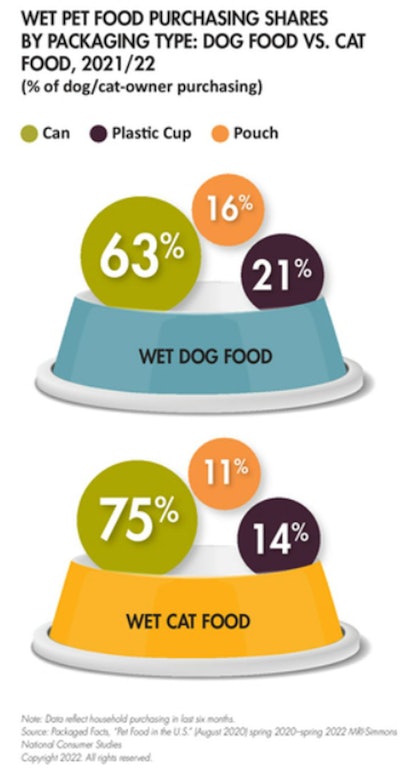
It’s all about sustainability
The long-term story, however, is about sustainability. Sustainability initiatives that promote a planet-friendly approach to sourcing, production, packaging and shipping are an increasingly important tool in the strategic arsenal of pet industry marketers, whether upstarts or kingpins.
Although there is no specific consensus on what eco-friendly packaging entails, in general the pet industry focuses on recyclability, renewable sources and compostability. BW Packaging Systems (“Pet food packaging trends to watch in 2022,” November 11, 2021) notes that “[s]ome of the biggest CPGs, including pet food manufacturers, are setting ambitious sustainability goals to make their product packaging 100% recyclable or reusable by 2025” by switching from polywoven to paper bags, though the latter remain an emerging technology. Thus, over 99% of dry dog food bags are disposed of in a landfill rather than recycled, as reported by the Pet Sustainability Coalition. And even biodegradable containers can be problematic because landfills in some parts of the U.S. rely on the materials staying put rather than biodegrading and potentially leaching polymers and other contaminants into groundwater, in which cases highly compressible packaging may be environmentally preferable.
Consumer expectations driving market
From the viewpoint of consumer expectations and substantive market innovation, even so, the handwriting is on the wall, particularly in terms of millennials. As reported by Food Industry Executive (“Trends and challenges in pet food and treat packaging,” February 22, 2021), “[t]hree-fourths of pet owners say environmental issues have swayed their pet care purchases and decisions, including (for 40%) what food they feed their pets.” In Packaged Facts’ January 2022 Survey of Pet Owners, nearly one-fifth of U.S. pet owners — rising from 13% of baby boomers to 24% of millennials — report buying pet foods with eco-conscious packaging, though this number may reflect a lack of awareness that almost all of the packaging used for superpremium kibble is not eco-friendly.
Well aware of the disconnect and the challenges, the pet food industry is working toward more sustainable packaging and recycling options. Direct-to-consumer (DTC) pet food marketer Open Farm, a leader in the sustainable pet food movement, has partnered with international recycling leader TerraCycle to offer a national pet food bag recycling program. Mars, too, has partnered with TerraCycle to create a bag recycling program for used KARMA packages. In partnership with SABIC and Huhtamaki, Mars is also rolling out new using recycled plastic wet pet food packaging across Europe, starting with the Sheba brand. In February 2022, taking another tack, Canidae rolled out its Kibble Refill Stations at Petco stores across the country. Canidae and Petco expect to expand the kibble refill technology to 100 Petco stores in 2022.
As a Waldner North America blog (“Pet Food Packaging Trends to Follow,” August 10, 2021) observes, sustainable packaging for pet food “is no longer a luxury,” given growing consumer awareness of this issue as well as government regulation ranging from the international to state levels. As of July 2022, pet food marketers can sign on to the Pet Sustainability Coalition’s pledge to “move to 100% recyclable, reusable or compostable packaging.”
Consumers want recycled, recyclable plastic packaging


